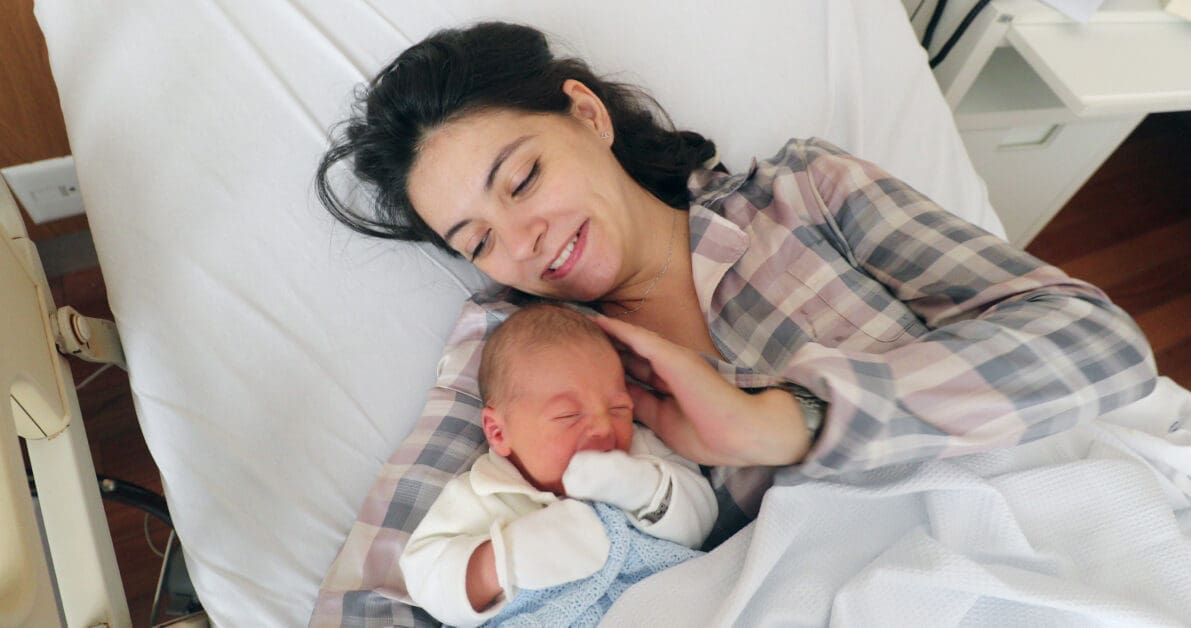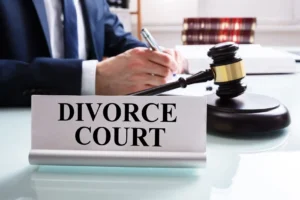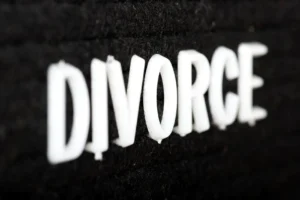Birth Injury or Malpractice? Key Signs Every Miami Parent Should Know
A birth-related harm can shake a family, and knowing when to push for answers is key. Some newborn complications arise despite competent care, while others result from negligence during labor. If you suspect your child suffered harm because of how medical staff acted, act quickly to preserve evidence and medical records, and to protect your family’s rights. If you need help, you can always find a birth injury lawyer in Miami to review your situation and explain your options.
When a baby shows signs of injury, families often ask whether the problem came from the birth itself or from substandard medical care. The distinction determines whether you have a compensation claim and whether investigators should review labor notes, fetal monitoring strips, and delivery records. Getting timely medical follow-up at places like Jackson Memorial Hospital or Nicklaus Children’s Hospital can both protect the child’s health and create a clear medical record for review. Keep detailed notes about conversations, treatments, and timelines, because the paper trail often proves crucial.
How a Birth Injury Differs From Medical Malpractice
A birth injury describes harm to a newborn that arises during pregnancy, labor, or delivery, but it does not always mean a provider acted improperly. Some babies suffer fractures, bruising, or temporary nerve irritation during a difficult delivery, even when clinicians followed accepted standards. Medical malpractice requires proof that a clinician or team deviated from the standard of care and that the departure caused the child’s harm. In practical terms, proving malpractice means showing both substandard treatment and a direct link between that conduct and the injury.
Families should expect clinicians to explain what happened and why, and to share medical records when requested. A careful review by independent experts often separates unavoidable events from care that fell short. That review examines fetal monitoring, timing of interventions, decisions to use instruments, and responses to fetal distress. If experts identify avoidable errors, the case may support a claim for damages to cover medical care, therapy, and other needs.
Common Non-Negligent Injuries and Those Caused by Negligence
Some harms commonly occur even with proper care, while others tend to follow mistakes or delays in treatment. Knowing examples helps parents recognize when to seek a legal evaluation. The list below contrasts a typical unavoidable injury with several injuries often tied to negligent actions.
- Clavicle fracture during shoulder dystocia that heals with minimal treatment, occurring despite appropriate maneuvers.
- Brachial plexus palsy linked to excessive traction or improper use of instruments, which may follow preventable force.
- Hypoxic-ischemic brain injury from prolonged oxygen deprivation when staff delay delivery or fail to respond to abnormal monitoring.
- Skull fracture or intracranial bleeding caused by incorrect forceps application.
- Sepsis or oxygenation failure after inadequate newborn resuscitation or delayed antibiotic therapy.
If your child shows persistent deficits, ask for specialist evaluations and preserve all hospital records, imaging, and lab results for later review.
Key Signs That Point to Medical Negligence
Certain clinical findings raise stronger concerns about care quality than routine birth trauma. Low Apgar scores, seizures, need for prolonged NICU care, abnormal head imaging, and documented problems on fetal monitoring often signal a more serious problem. When records show delayed recognition of distress, missed opportunities for timely cesarean delivery, or inconsistent charting, those gaps warrant scrutiny. Parents should request complete delivery records, nursing notes, and fetal monitor tracings, and keep copies of any discharge instructions or follow-up plans.
A pediatric neurologist, neonatologist, or independent obstetric expert can explain whether the timeline and treatments match accepted practice. If specialists find gaps, a lawyer can obtain expert reports and advise on next steps. Early expert input often clarifies liability and helps families decide whether to pursue compensation or focus solely on care.
How to File a Birth Injury Lawsuit
Filing a claim for harm caused by medical negligence usually follows a documented, time-sensitive process, and you should start by consulting an attorney who handles these cases. Florida requires prompt action to preserve claims, and understanding deadlines proves essential to protecting legal rights. The following steps outline the typical course from investigation to filing.
- Obtain all medical records from prenatal care, delivery, and the newborn hospitalization, and ask your attorney to order a formal copy of fetal monitoring strips.
- Arrange independent medical reviews and obtain expert opinions that explain how treatment differed from the standard of care and how that caused harm.
- Have your lawyer prepare a notice of intent or pre-suit packet if required, and gather witness statements, timelines, and expense records.
- File a complaint in the appropriate court before the statute of limitations expires, and respond to discovery requests, depositions, and mediation opportunities.
- Pursue settlement negotiations, or proceed to trial if negotiations do not fairly compensate for your child’s needs.
In Florida, you generally must bring a medical malpractice action within two years from discovery, and usually no later than four years from the date of the underlying act, though special rules may extend time for young children. Because deadlines vary with circumstances, speak with counsel early to confirm the exact timeline for your case.
Get Help Now
Time matters in these cases, both for your child’s care and for legal rights, so do not delay gathering records or seeking guidance. If you believe a clinician’s negligent care caused your child’s injuries, schedule a meeting with a birth injury lawyer in Miami to review your options. A prompt consultation can explain deadlines, document needs, and likely outcomes, so you can focus on your child’s recovery.


















